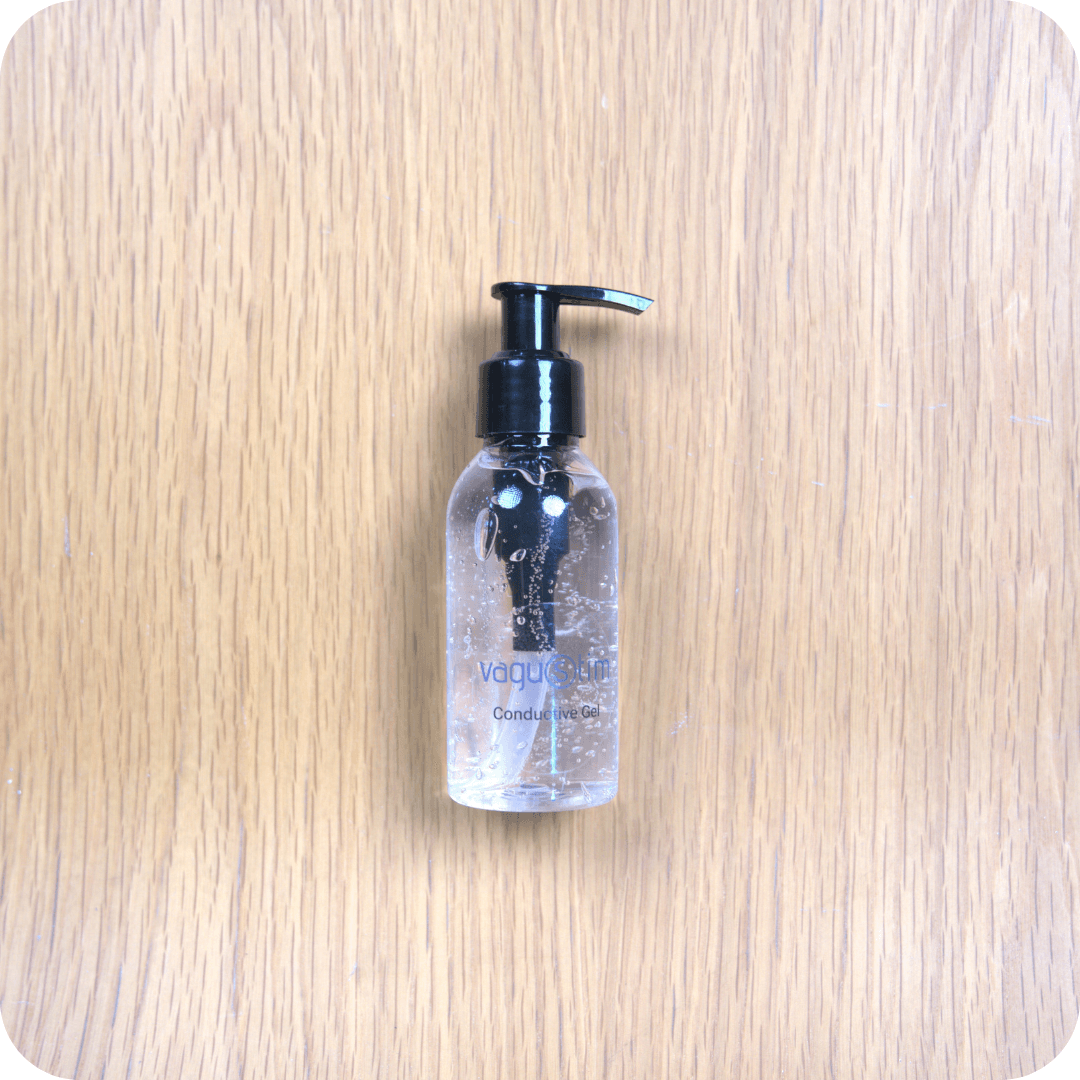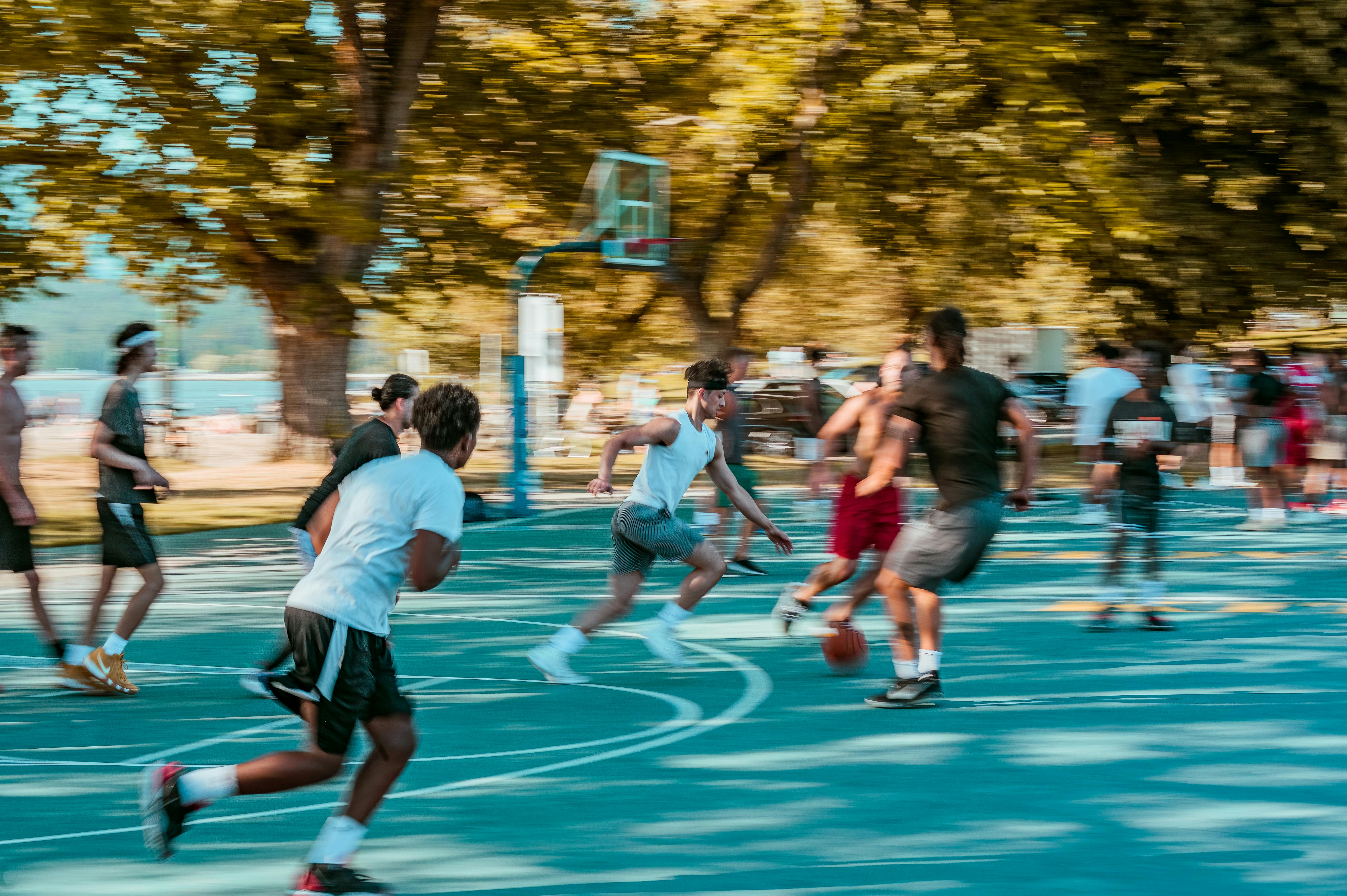Objective:
This study explored the potential influence of transcutaneous auricular vagus nerve stimulation (taVNS) on visual memory performance and fatigue levels in healthy young adults.
Methods:
Conducted between April 10 and May 25, 2022, the study included 60 undergraduate students (27 males, 33 females; mean age: 20.6±1.6 years) from a physical therapy and rehabilitation program. Participants were randomly assigned to either an experimental group (n=30) or a control group (n=30). The experimental group received a protocol involving taVNS, mobile device-based cognitive games, and low-to-moderate intensity aerobic exercises. The control group engaged only in the games and aerobic exercises. Fatigue was assessed using both a computer-based evaluation and the Fatigue Severity Scale (FSS), while visual memory performance was evaluated through digital tools.
Results:
Within the experimental group, several visual memory parameters showed significant improvements post-intervention. The control group exhibited limited changes. No statistically significant difference was observed in fatigue scores in either group. Between-group comparisons indicated that the experimental group demonstrated greater changes in two visual memory sub-measures, though no difference was found in overall fatigue outcomes.
Conclusion:
Our study results show that taVNS can produce positive effects on visual memory performance, although it does not apparently affect fatigue.
Authors: Rıdvan Yıldız, Ali Veysel Özden, Onur Seçgin Nişancı, Zeynep Yıldız Kızkın, Bedriye Cansu Demirkıran
Keywords: Fatigue; transcutaneous auricular vagus nerve stimulation; visual memory.




